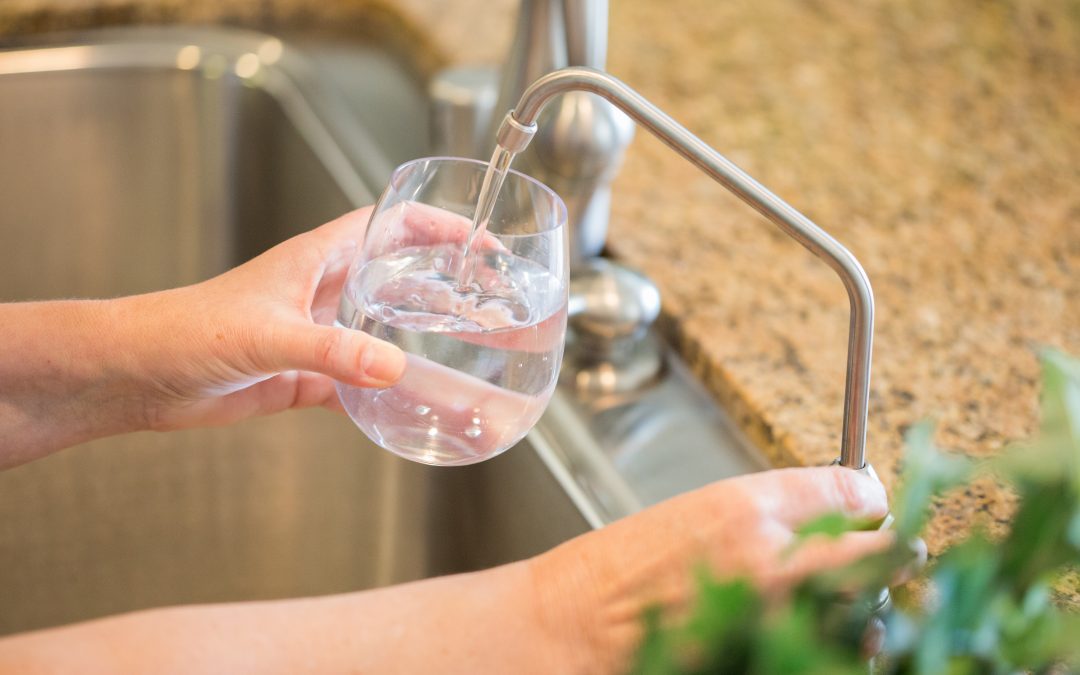Water flow is one of the five most important parameters to be monitored daily in your reverse osmosis system. It is an indicator of potential fouling and scaling, which are two of the most common reasons for the need to prematurely replace the membrane element.
Clogged membrane
A clogged reverse osmosis membrane can slow water flow. If left unattended your system will begin to produce less water. Reverse osmosis is fragile and easily fouled if not changed on a regular basis. It will also increase your tank fill time by twice the optimal length it should take. Be sure to change the reverse osmosis membrane every 24 months.
Low tank pressure
Another typical reason for a notable slow water flow rate could be low pressure inside the reverse osmosis tank. The tank should register a pressure of seven to eight psi when empty of water. Check your pressure by removing all the water from the tank and using a pressure gauge to determine the pressure from the Schrader valve.
Ruptured tank bladder
If your reverse osmosis system is only putting out eight ounces of water with normal water pressure through a very small stream, the air bladder in the storage tank has probably ruptured. The air bladder cannot be repaired and must be replaced in order for the system to put out an optimal stream.
Clogged filters
Slow water production can also be caused by a clogged filter. It’s the most common cause of slow water flow in a reverse osmosis system. Replacing your carbon block, sediment, or GAC polishing water filter annually will increase flow and water quality.
Waterline kink
Visually inspect your water line to ensure there aren’t any kinks. This can cause slow water production and is easily corrected. Be sure the water supply line valve is in the fully open position as well.Diamond Water Systems is a leading provider of water filtration systems for industrial, municipal, and commercial applications. To learn more about our products and services, visit our products page or call us now to learn more about filter types.

